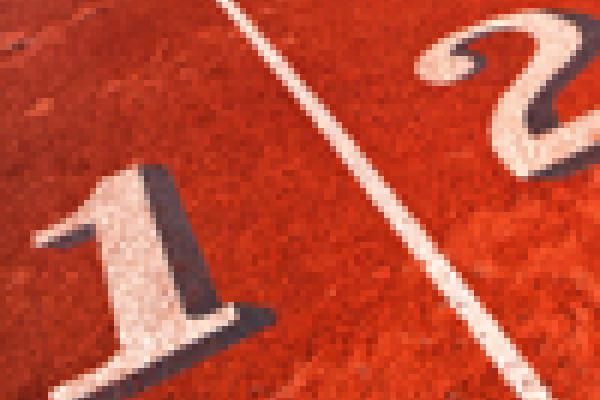Article

No limits for Usain
Usain Bolt, the "fastest man on the planet", aims to get his 100 metre world record of 9.58 seconds down to 9.40 seconds. What has mathematics got to say about this quest?
